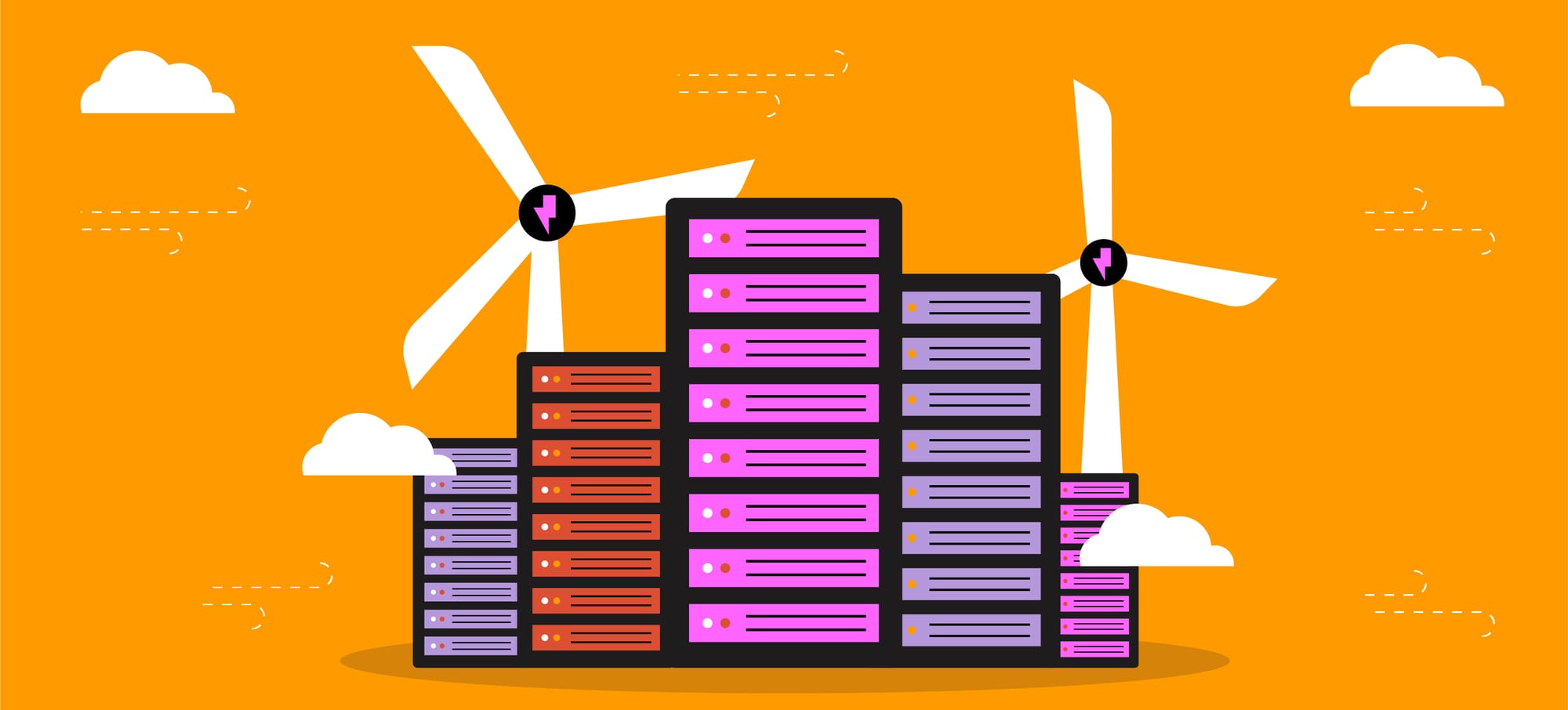Customers are increasingly choosing companies based on their commitment to being eco-friendly. Improving your green credentials is a smart move that benefits both the planet and your business.
Let’s break down how adopting a sustainable IT infrastructure can help the environment and drive business growth by reducing investment in hardware, lower energy costs and, improve tender bids through strong sustainability credentials.
What’s green IT infrastructure?
Green IT infrastructure refers to the eco-friendly design and management of your tech environment. This means using energy-efficient hardware, implementing practices that minimise electronic waste, and optimising data centres to consume less power.
For small businesses, this can involve partnering with service providers that operate sustainable data centres and reflect eco-friendly ethos. Essentially, green IT infrastructure is about creating a sustainable tech setup that supports environmental goals and reduces your IT operations' carbon footprint.
Why moving to the cloud could be key to SMBs success and sustainability
Cost savings and flexibility
Cloud computing cuts out the big upfront costs for hardware and lowers maintenance expenses. SMBs only pay for the resources they use, helping to manage cash flow better. With the cloud’s scalability, businesses can easily adjust resources as needed, offering the flexibility that traditional IT setups can’t match. This not only saves money but also reduces environmental impact by using energy more efficiently.
Boosted efficiency and security
Cloud services let employees work from anywhere with an internet connection, perfect for remote teams. Real-time tools boost communication and teamwork, making everything more efficient. Plus, cloud providers handle security and updates, so SMBs always have the latest protections without the hassle. This efficiency also means lower energy use and a smaller carbon footprint.
Energy efficiency and less waste
Moving to the cloud cuts an SMB’s carbon footprint. Cloud providers run efficient data centres with advanced cooling and power tech. They consolidate resources, meaning fewer servers and less e-waste, which lowers the demand for raw materials.
Renewable energy and green practices
Many cloud providers use renewable energy for their data centres, cutting greenhouse gas emissions. Choosing a green cloud provider helps SMBs minimise their environmental impact and resonates highly with eco-conscious customers, enhancing their reputation. Plus, cloud computing supports a paperless office, reducing waste and conserving resources, making operations more sustainable and cost-effective.
Check out episode 12 of our ‘Spill The IT’ podcast for a more in-depth look into the topic of the cloud. In this episode, industry experts share their insights and practical tips on cloud migration, covering everything from choosing the right cloud provider to ensuring data security and optimising performance.
How Fasthosts has gone green
For the past 25 years, sustainability has been central to everything we do as a business. We're committed to sustainability in every way, from the benefits we offer our staff and the way we run our offices to our technologies and how our data centres are powered.
When choosing a data centre provider, businesses should consider Uptime Institute certifications to make sure they're selecting the very best one. Part of our strategy for delivering top-notch technology involves maintaining the highest standards for both sustainability and security.
For example, our Worcester facility is Tier IV certified for both design and construction. This certification shows our commitment to providing reliable, secure, and environmentally responsible data centre solutions that you can trust for your business needs.
Embracing green IT isn't just a one-time change – it's an ongoing commitment. By making smart, sustainable choices in your IT infrastructure, you can help the planet and boost your business efficiency.
With Fasthosts ProActive, you'll be at the forefront of making those environmentally friendly changes. If you’ve got any questions about this, feel free to get in touch! Give us a call on 0333 111 2000 or book a meeting at a time that suits you.
Download and share
If you want to read this blog post offline, save it for later or share with a colleague, click the button below to download a PDF version.

